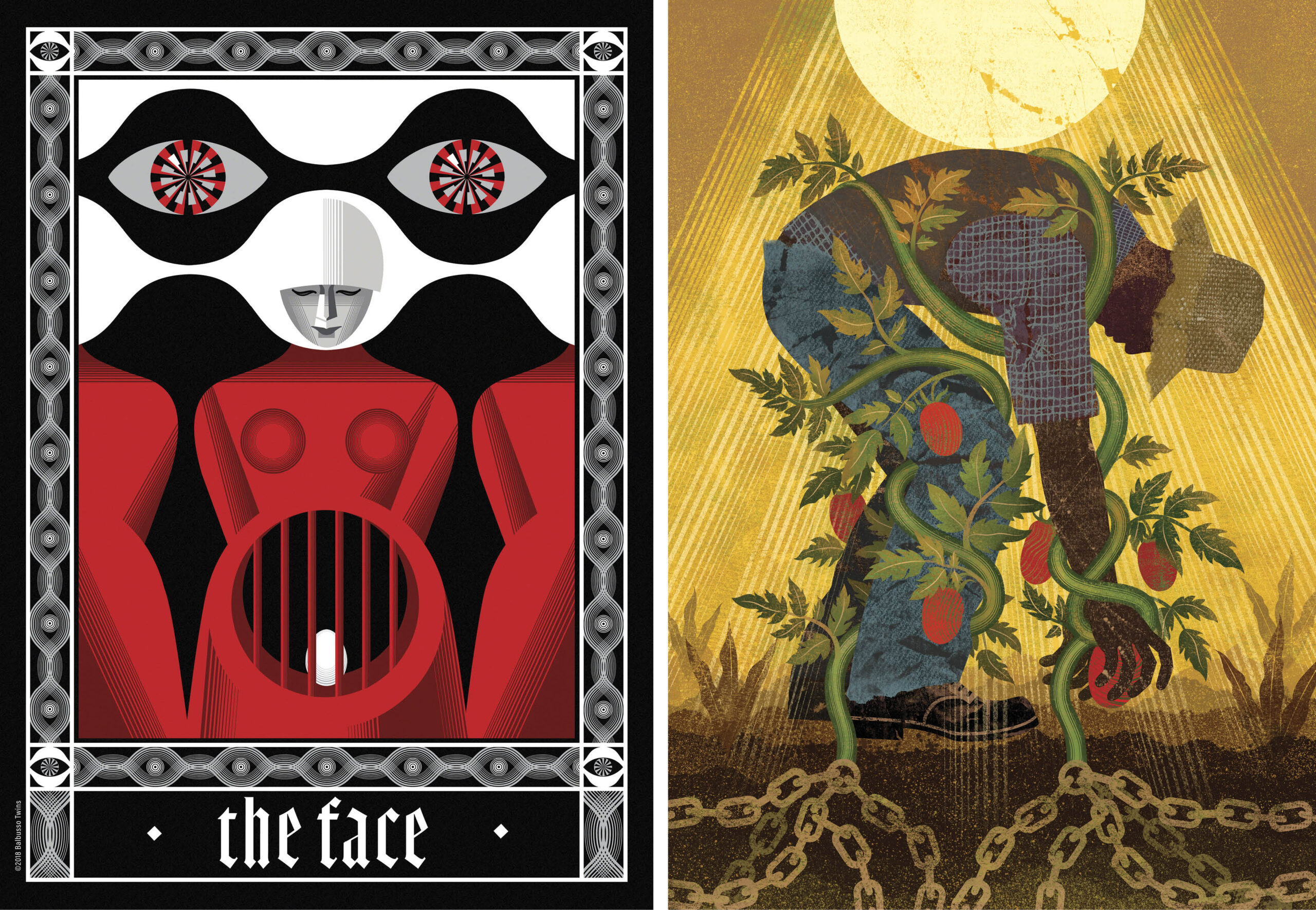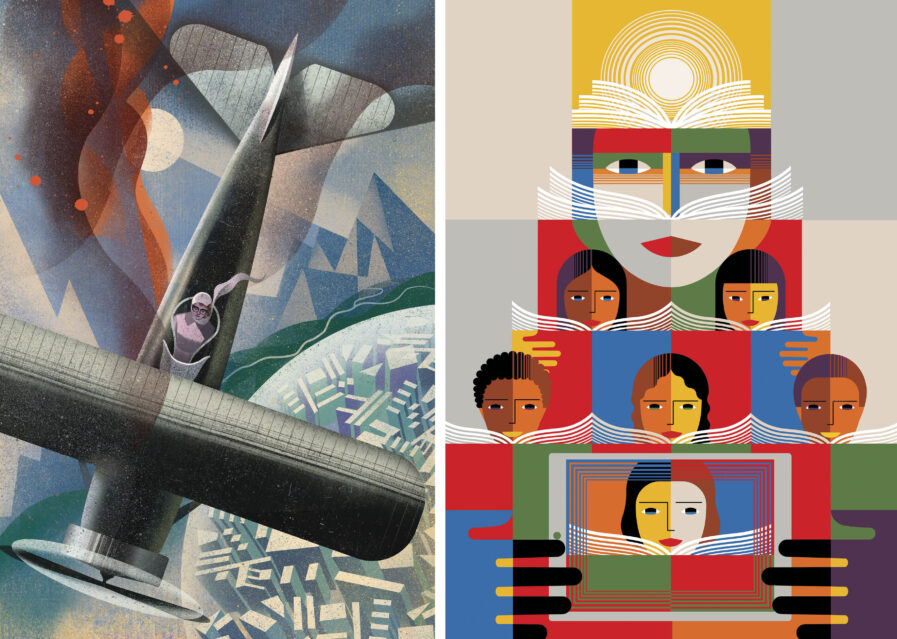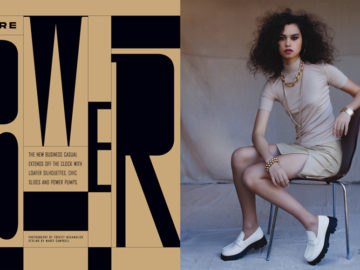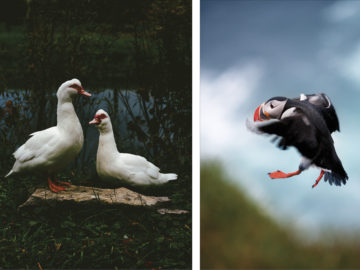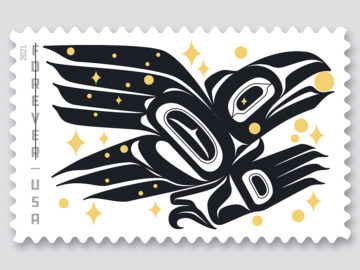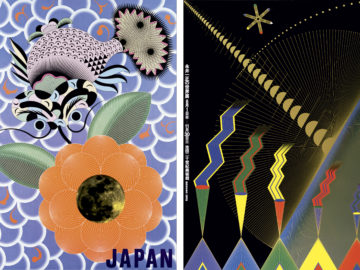Anna and Elena Balbusso, also known as the Balbusso Twins, are an award-winning artist duo living in Milan. They’ve illustrated more than 50 books, including the luxury limited edition of The Great Gatsby for Beehive Books, the deluxe Folio Society editions of The Handmaid’s Tale, Pride and Prejudice, and Atlas Shrugged. Their work has been featured in numerous publications, including The Economist, The New Yorker, The New York Times, Reader’s Digest, and Corriere Della Sera. They have received more than 90 international honors and awards, including three gold medals, a silver medal, and the Stevan Dohanos Award from the prestigious Society of Illustrators of New York, as well as two Joseph Morgan Henninger Awards, a Gold Award from 3×3 Magazine, and a Graphis Silver Award.
